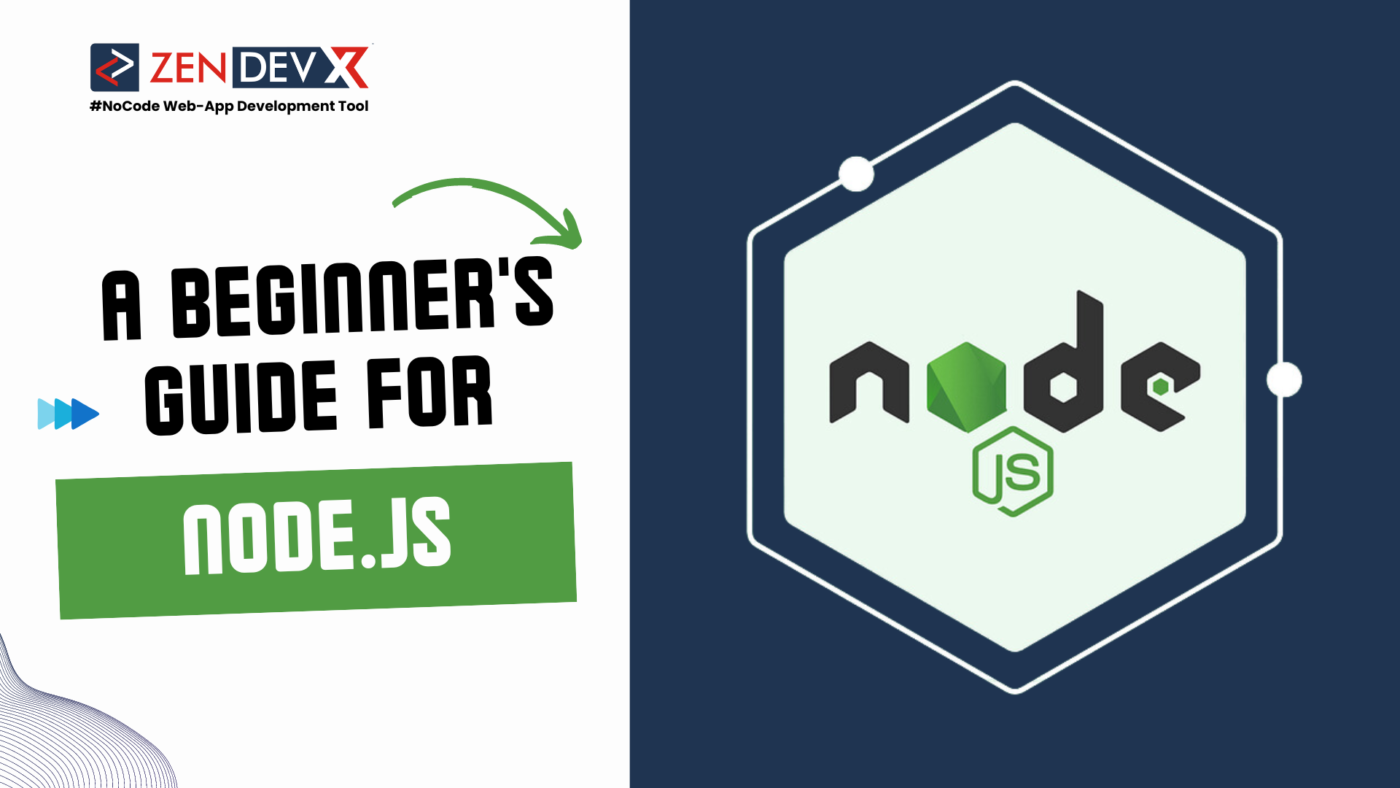What is node.js?
Characteristics of Node.js :
Asynchronous & Event-Driven
Node.js is lightweight and effective, as it employs an event-driven, non-blocking I/O paradigm. Perfect for real-time applications, this approach allows Node.js to control numerous operations concurrently without waiting for any one to finish.
Scalable Fastness
Node.js apps compile JavaScript straight to machine code, so they are quite quick. Furthermore, Node.js’s non-blocking I/O operations and event-driven design allow it to efficiently manage hundreds of connections at once.
Single Programming Language
Node.js enables developers to use JavaScript for client-side and server-side projects. Enabling code reuse and simplifying development helps reduce the learning curve and boost production via uniformity.
Rich Ecosystem
Node.js has a sizable Node Package Manager, or npm, library, and module ecology. This vast collection of open-source tools accelerates development because they provide ready-made solutions for daily tasks.
Active Community
The big and active Node.js community continuously creates new modules to improve it. This community support ensures Node.js stays current with the most recent ideas and technologies.
Node.js Use Cases :
Real-Time Applications
Node.js is perfect for applications, including chat apps, online games, and collaborative tools calling for real-time interaction. Its event-driven design’s quick modifications made it feasible to enhance user experience.
RESTful APIs
Node.js is often used to build RESTful APIs. Its minimal weight and capacity to effectively manage several requests make it perfect for creating solid APIs that support extensive applications.
Single Page Applications (SPAs)
Node.js on the server side helps Single Page Applications—which mostly rely on client-side scripting—using Node.js offers a flawless user experience by quickly managing the backend functionality and serving frontend elements.
Streaming Applications
The asynchronous nature of Node.js ensures flawless and uninterrupted data flow for uses incorporating streaming data, like audio or video platforms.
Microservices Architecture
Node.js is well-suited for microservices architecture due to its lightweight and modular nature. It enables developers to create and implement independent, scalable, autonomous services.


